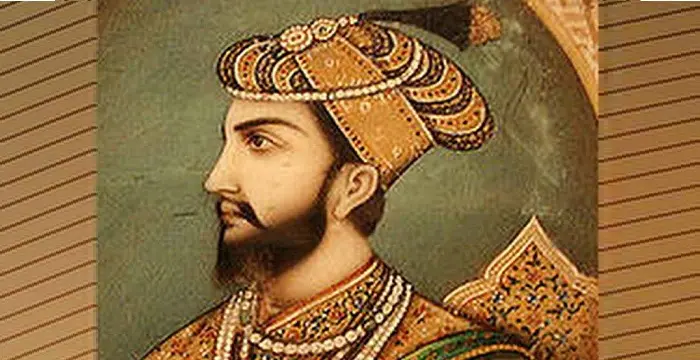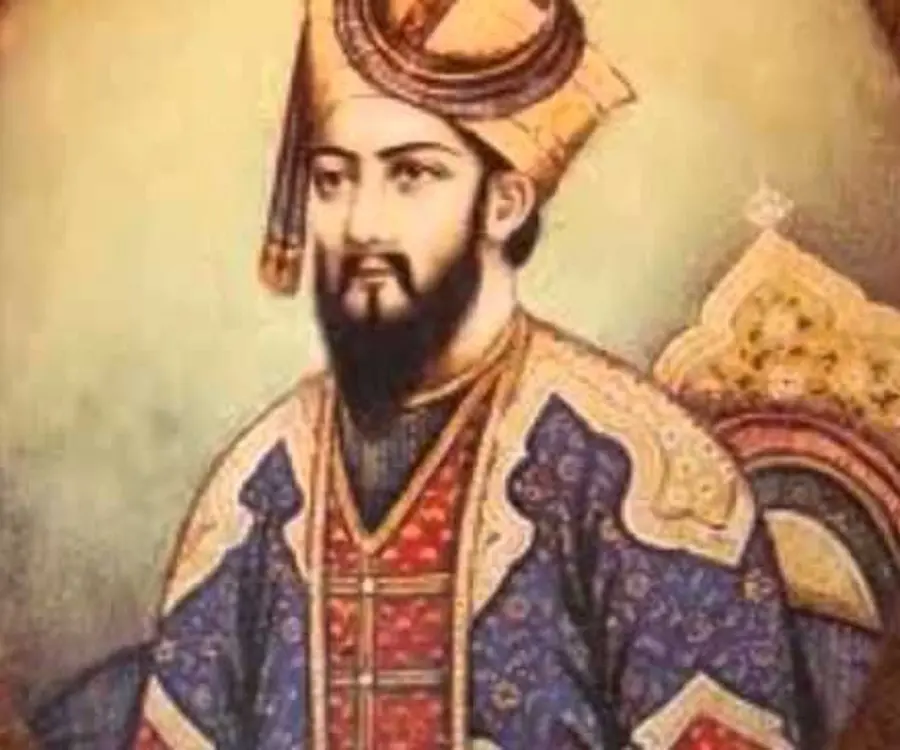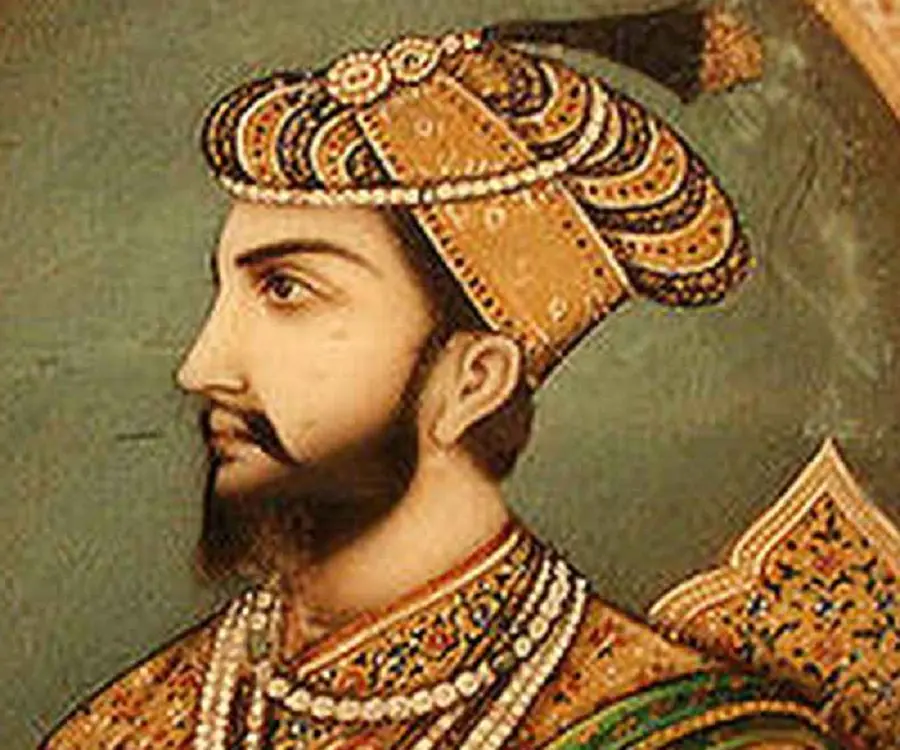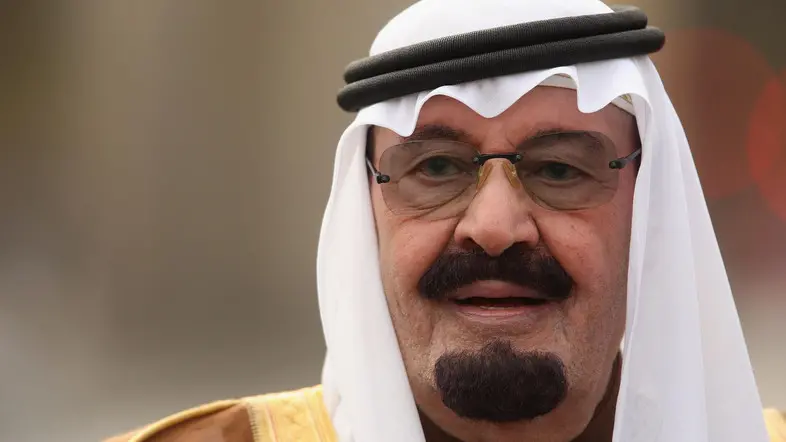
Muhammad bin Tughluq - Emperors, Birthday and Childhood
Muhammad bin Tughluq's Personal Details
Muhammad bin Tughluq was the Turkic Sultan of Delhi from 1325 to 1351
| Information | Detail |
|---|---|
| Birthday | 1300 |
| Died on | March 20, 1351 |
| Nationality | Indian |
| Famous | Historical Personalities, Emperors & Kings, Emperors, Kings, Sultan of Delhi |
| Gender | Male |
| Father | Ghiyath al-Din Tughluq |
| Famous as | Sultan of Delhi |
| Died at Age | 51 |
// Famous Kings
Sundiata Keita
Sundiata Keita was the founder of the Mali Empire in West Africa. This biography profiles his childhood, early life, struggles, founding of empire, rule, administration, achievements and also gives some fun facts.
Ashoka
Ashoka was the third emperor of the Mauryan Dynasty and ruled almost the entire Indian subcontinent. This biography profiles his childhood, life, reign, achievements and timeline
Murad IV
Murad IV was one of the mighty Sultans in the history of the Ottoman Empire. This biography profiles his childhood, family, accession, rule, administration and timeline.
Muhammad bin Tughluq's photo
Who is Muhammad bin Tughluq?
Muhammad bin Tughluq was the Turkic Sultan of Delhi from 1325 to 1351. He was the son of Turk Ghiyas-ud-din, the founder of the Tughluq dynasty that replaced Khilji rule in Delhi, and succeeded his father upon his death. As the second sultan of the Tughluq dynasty, he was successful in extending the rule of the Delhi sultanate of northern India over most of the subcontinent though only for a brief period. As the eldest son of the sultan, it is believed that he was groomed for succession from a young age. Even though little is known about his early years, there is enough proof to suggest that he received a high quality education and training in military administration and martial arts. He was a brave young man and started displaying his prowess as a warrior even before ascending the throne. During the reign of his father he was sent to the city of Warangal in the Deccan to subdue a rebellion by Hindu rajas which he successfully did. As the sultan he had to contend with several rebellions and revolts throughout his reign. He was an enigmatic personality, with contradictory characteristics—while he was known to a cruel and ruthless ruler, he also earned a reputation for being a religiously tolerant and humble leader.
// Famous Emperors
Sundiata Keita
Sundiata Keita was the founder of the Mali Empire in West Africa. This biography profiles his childhood, early life, struggles, founding of empire, rule, administration, achievements and also gives some fun facts.
Ashoka
Ashoka was the third emperor of the Mauryan Dynasty and ruled almost the entire Indian subcontinent. This biography profiles his childhood, life, reign, achievements and timeline
Murad IV
Murad IV was one of the mighty Sultans in the history of the Ottoman Empire. This biography profiles his childhood, family, accession, rule, administration and timeline.
Childhood & Early Life
Muhammad bin Tughluq was born in 1300 in Kotla Tolay Khan in Multan as the eldest son of Turk Ghiyas-ud-din, the founder of the Tughluq dynasty. Not much is known about his childhood or early life.
Being a prince it is believed that he received a good education and was also trained in military administration and martial arts. It is known that he possessed an in-depth knowledge of the Quran, Muslim jurisprudence, astronomy, logic, philosophy, and medicine.
He grew up to be a courageous young man. His father sent him to quell the revolts by Hindu rajas in the city of Warangal in the Deccan in 1321-22. The prince bravely marched on and was successful in subduing the rebellion.
Accession & Reign
His father Ghiyas-ud-din Tughlaq returned from a successful military campaign in 1325 and was watching the parade of the elephants he got as war booty. All of a sudden, the stage he was seated on collapsed and he died in the freak accident. Some sources state that the sultan’s killing was planned by Prince Muhammad bin Tughluq though modern historians do not support this claim.
After the death of his father Muhammad bin Tughluq ascended to the throne as the second sultan of the Tughluq dynasty. Throughout his reign, he had to constantly contend with revolts and rebellions. He had to face and quell 22 rebellions, the most serious of which took place in the Deccan (1326, 1347), Maʿbar (tip of the Indian peninsula, 1334), Bengal (1338), Gujarat (1345), and Sindh (1350).
As sultan, he tried to enlist the support and services of the ulemas, the Muslim divines, and the sufis, the ascetic mystics. He planned to use the mystics’ prestigious position to help him in asserting his authority as a ruler. However the sufis and the ulemas declined to have any association with the government. On failing to get their support he started humiliating them and eventually drove them away from the towns of northern India.
A major step he took after claiming the crown was to transfer the capital from Delhi to Devagiri (now Daulatabad) in 1327. He believed that the move would aid him in consolidating the conquests in southern India and also protect the capital from Mogol invasions.
He ordered a large-scale migration of people from Delhi to Devagiri in 1328–29. The subjects were forced to travel a distance of 1,500 km to reach Devagiri. Contemporary historians like Barani, Ibn Battuta and Islamic gave a detailed and disturbing account of the events surrounding the shifting of the capital from Delhi to Devagiri.
The people of Delhi were coerced and forced to move all their belongings to the faraway Devagiri, leaving behind Delhi a devastated city. However, the sultan ensured that the journey of his subjects was made as comfortable as possible by providing them with transport and free accommodation at Devagiri. But the plan proved to be a failure and the people were allowed to return to Delhi in 1335-37.
The negative consequences of this failed plan ran very deep. Not only was Delhi now almost deserted, the city had also lost its past glory and grandeur. The sultan desperately tried to restore the city but could achieve only limited success.
In 1328-29, he increased the land tax. Already embittered with his rule, the peasants in the Doab region revolted. Enraged the sultan ordered his revenue and military officials that the country be plundered in retaliation. More miseries followed when the region was hit by a famine in 1334-35 and lasted seven years.
In the 1330s he also ordered another large-scale expedition, the Qarachil expedition of 1333 into Kangra Hills. This quest too proved to be a failure and resulted in the deaths of around 10,000 citizens.
Over the course of his reign he was able to bring several territories under his rule, but the kingdom started declining during the later years of his reign. He also attempted to implement several reforms in the monetary sector, but his system of new coinage failed miserably.
An enigmatic figure, he is considered to be one of the most controversial rulers of the Indian subcontinent in the 14th century. On one hand, he was reputed to be a brave warrior and a religiously tolerant ruler who cared genuinely for his subjects, while on the other he was known to be a brutal, ruthless and authoritarian sultan.
Major Works
One of the major steps he took as the sultan was his attempt to shift the capital from Delhi to Devagiri. For this he ordered mass migration of the citizens of Delhi to Devagiri which resulted in major losses for the city of Delhi which lost its previous glory. Even though this plan failed miserably, Daulatabad—as Devagiri became known later—became a major center of Islamic learning.
Personal Life & Legacy
Muhammad bin Tughluq was married to the daughter of the raja of Dipalpur.
The major part of his reign was spent engaged in warfare. In 1351 he was on his way to Thatta, Sindh in order to intervene a war between members of the Gujjar tribe, when he died enroute.
Muhammad bin Tughluq biography timelines
- // 1300Muhammad bin Tughluq was born in 1300 in Kotla Tolay Khan in Multan as the eldest son of Turk Ghiyas-ud-din, the founder of the Tughluq dynasty. Not much is known about his childhood or early life.
- // 1321He grew up to be a courageous young man. His father sent him to quell the revolts by Hindu rajas in the city of Warangal in the Deccan in 1321-22. The prince bravely marched on and was successful in subduing the rebellion.
- // 1325His father Ghiyas-ud-din Tughlaq returned from a successful military campaign in 1325 and was watching the parade of the elephants he got as war booty. All of a sudden, the stage he was seated on collapsed and he died in the freak accident. Some sources state that the sultan’s killing was planned by Prince Muhammad bin Tughluq though modern historians do not support this claim.
- // 1327A major step he took after claiming the crown was to transfer the capital from Delhi to Devagiri (now Daulatabad) in 1327. He believed that the move would aid him in consolidating the conquests in southern India and also protect the capital from Mogol invasions.
- // 1328He ordered a large-scale migration of people from Delhi to Devagiri in 1328–29. The subjects were forced to travel a distance of 1,500 km to reach Devagiri. Contemporary historians like Barani, Ibn Battuta and Islamic gave a detailed and disturbing account of the events surrounding the shifting of the capital from Delhi to Devagiri.
- // 1328 To 1334In 1328-29, he increased the land tax. Already embittered with his rule, the peasants in the Doab region revolted. Enraged the sultan ordered his revenue and military officials that the country be plundered in retaliation. More miseries followed when the region was hit by a famine in 1334-35 and lasted seven years.
- // 1333In the 1330s he also ordered another large-scale expedition, the Qarachil expedition of 1333 into Kangra Hills. This quest too proved to be a failure and resulted in the deaths of around 10,000 citizens.
- // 1335The people of Delhi were coerced and forced to move all their belongings to the faraway Devagiri, leaving behind Delhi a devastated city. However, the sultan ensured that the journey of his subjects was made as comfortable as possible by providing them with transport and free accommodation at Devagiri. But the plan proved to be a failure and the people were allowed to return to Delhi in 1335-37.
- // 1351The major part of his reign was spent engaged in warfare. In 1351 he was on his way to Thatta, Sindh in order to intervene a war between members of the Gujjar tribe, when he died enroute.
// Famous Emperors & Kings
Sundiata Keita
Sundiata Keita was the founder of the Mali Empire in West Africa. This biography profiles his childhood, early life, struggles, founding of empire, rule, administration, achievements and also gives some fun facts.
Ashoka
Ashoka was the third emperor of the Mauryan Dynasty and ruled almost the entire Indian subcontinent. This biography profiles his childhood, life, reign, achievements and timeline
Murad IV
Murad IV was one of the mighty Sultans in the history of the Ottoman Empire. This biography profiles his childhood, family, accession, rule, administration and timeline.
Xerxes I
Xerxes I (Xerxes the Great) was the fourth and the most famous king of the Archaemenid dynasty of Persia. This biography profiles his childhood, family, personal life, life history, achievements, campaigns, administration, death and other facts.
Sargon of Akkad
Sargon of Akkad, also called ‘Sargon the Great’, ‘Sarru-Kan’ and ‘Shar-Gani-Sharri’, was the founder and first king of the Akkadian Empire. This biography profiles his childhood, life, rule, administration, timeline, and gives some fun facts.
Abdullah of Saudi Arabia
Abdullah bin Abdulaziz Al Saud was the King of Saudi Arabia from 2005 to 2015 and the third wealthiest head of state in the world. Find more facts about his life, childhood and timeline.
Muhammad bin Tughluq's FAQ
When was Muhammad bin Tughluq died?
Muhammad bin Tughluq was died at 1351-03-20
Where was Muhammad bin Tughluq died?
Muhammad bin Tughluq was died in Sindh
Which age was Muhammad bin Tughluq died?
Muhammad bin Tughluq was died at age 51
What is Muhammad bin Tughluq nationalities?
Muhammad bin Tughluq's nationalities is Indian
Who is Muhammad bin Tughluq's father?
Muhammad bin Tughluq's father is Ghiyath al-Din Tughluq
How famous is Muhammad bin Tughluq?
Muhammad bin Tughluq is famouse as Sultan of Delhi







